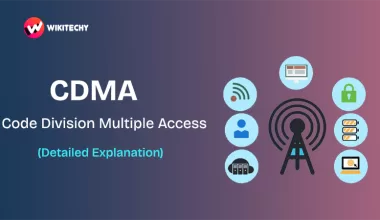Routing Information Protocol (RIP) is a distance-vector routing protocol used to determine the best path for data packets to travel across a network. It employs a hop count as a routing metric, where each hop represents a passage through a router. The maximum allowable hop count for RIP is 15, with 16 being considered unreachable, which helps prevent routing loops.
Versions of RIP

RIP Version 1 (RIPv1):
- The original specification, defined in RFC 1058, was released in 1988. RIPv1 is a classful routing protocol, meaning it does not support subnet information in its routing updates, leading to inefficiencies in IP address utilization.
RIP Version 2 (RIPv2):
- Defined in RFC 2453 and released in 1994, RIPv2 addressed the shortcomings of RIPv1. It introduced classless inter-domain routing (CIDR) support, which allows the inclusion of subnet masks in routing updates, enabling more efficient use of IP addresses. Additionally, RIPv2 supports multicast routing updates, authentication, and route tagging.
RIPng (RIP Next Generation):
- Defined in RFC 2080, RIPng is an extension of RIPv2 designed to support IPv6 networks. It incorporates the features of RIPv2 and extends them to accommodate the larger address space and different header structures of IPv6.
How RIP Works

Distance-Vector Algorithm:
- RIP uses the distance-vector algorithm, where each router maintains a routing table listing all possible destinations within the network along with the hop count to each destination. The routers periodically exchange their entire routing tables with neighboring routers.
Routing Updates:
- RIP routers broadcast their routing tables to their immediate neighbors every 30 seconds. These updates allow routers to learn about new routes and update their own tables accordingly.
Hop Count Metric:
- The primary metric used by RIP is the hop count. Each time a packet passes a router, the hop count increases by one. The route with the lowest hop count is considered the best path to the destination.
Advantages of RIP

Ease of Configuration:
- RIP is straightforward to configure and manage, making it suitable for small to medium-sized networks.
Compatibility:
- RIP is supported by nearly all routing devices, ensuring broad interoperability.
Stability:
- The protocol’s mechanisms for loop prevention and route stabilization contribute to network stability.
Limitations of RIP

Scalability:
- The maximum hop count of 15 restricts RIP to smaller networks. Larger networks with more complex topologies require more scalable protocols.
Convergence Time:
- RIP’s periodic updates and hop count limit can lead to slow convergence, where it takes longer for all routers to learn about network changes.
Inefficiency:
- The use of hop count as the sole metric does not account for factors such as link speed and congestion, leading to suboptimal routing decisions.
Security:
- While RIPv2 supports authentication, RIP overall lacks advanced security features found in more modern protocols.




